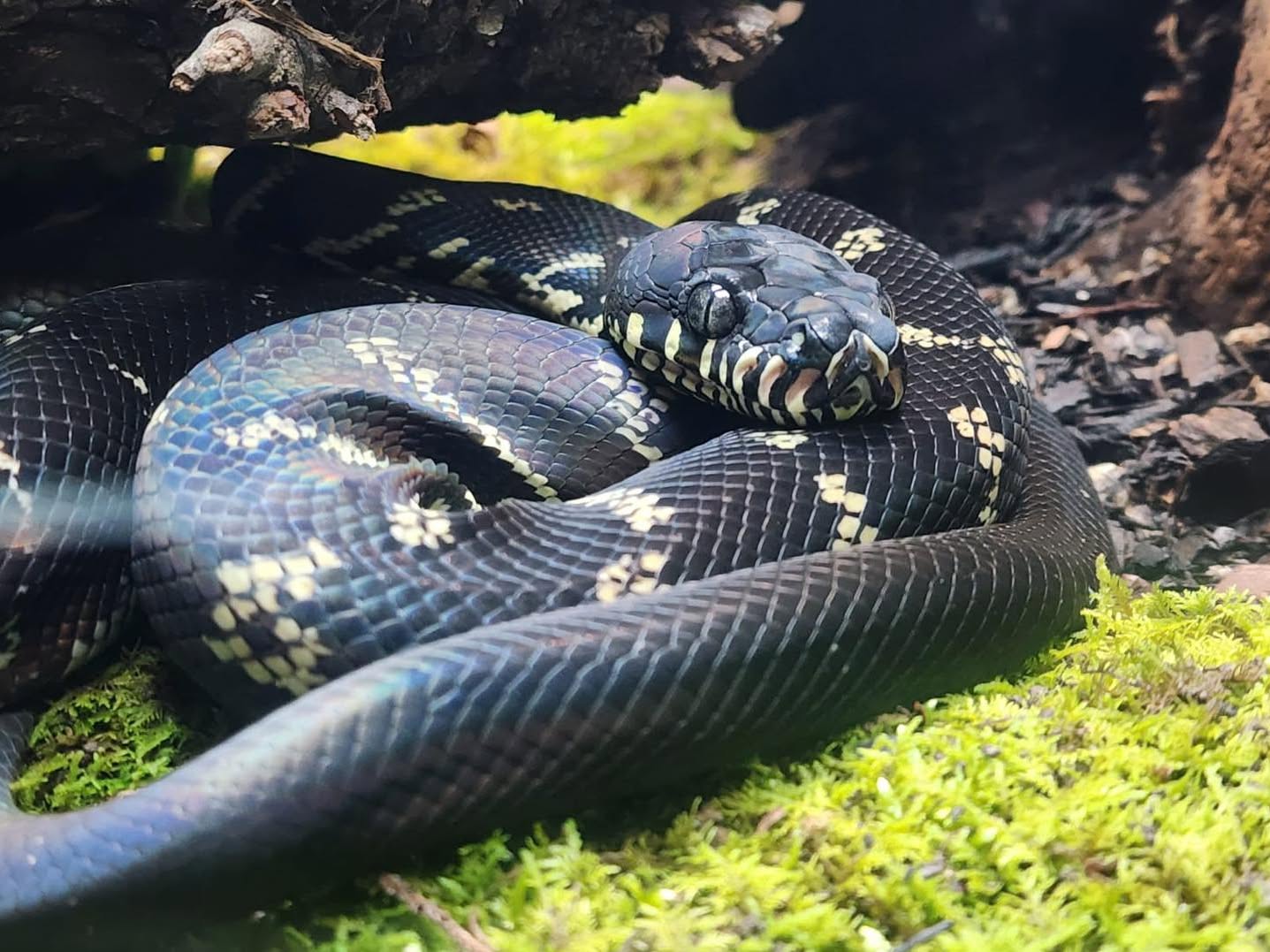- Habitat and Distribution
- Physical Characteristics and Development
- Conservation and Protection Efforts
- Challenges Faced by the Species
- Educational and Community Engagement
Boelen’s python, a striking creature found exclusively in the highlands of New Guinea, captivates the imagination with its unique presence. This non-venomous snake inhabits the mountain forests, preferring the cooler, mist-laden climates that these elevations provide. Its specific range includes both Papua New Guinea and the Indonesian province of Papua. Despite the difficult terrain and dense foliage, this region offers the secluded environment the species thrives in.
Hatchlings of Boelen’s python present an early glimpse of transformation in the natural world. At birth, these snakes measure merely 12-20 inches. Their initial coloration is a reddish-orange, which serves as a protective adaptation, blending with the forest floor. As they age, an extraordinary metamorphosis occurs. They grow to impressive lengths of 8-10 feet, and their scales take on a lustrous, iridescent black. This change not only signifies their maturity but also serves as an effective camouflaging mechanism against predators. Their underbelly turns a contrasting white or pale yellow, adding to their visual allure.
Detailed scientific and observational studies of Boelen’s python remain sparse, creating an air of intrigue about their behaviors and population dynamics. The lack of comprehensive data mainly stems from their remote habitat and the challenges in conducting field research in such areas. Papua New Guinea has instituted protection measures to mitigate habitat destruction and illegal poaching, which threaten these pythons’ survival. Conservationists view these steps as vital, given that the exact number of Boelen’s pythons in the wild is not clearly known.
Boelen’s pythons face significant threats, predominantly from habitat loss due to logging and agricultural expansion. These activities reduce their natural forest habitats, pressuring the snakes into smaller, fragmented areas where finding food and shelter becomes difficult. Poaching presents another critical threat. Despite protective laws, the allure of the exotic pet trade continues to tempt illegal collectors. These pressures necessitate stringent enforcement and international cooperation to ensure the species’ future.
Educational programs and community engagement initiatives play crucial roles in preserving Boelen’s pythons. Zoos, like those housing these fascinating reptiles, provide opportunities for public learning and appreciation. Herpetologists and conservationists work together to educate local communities about the ecological importance of these snakes and the consequences of biodiversity loss. By fostering an understanding and appreciation for these unique creatures, such educational efforts can inspire collective action toward their preservation. These initiatives also serve to encourage future research opportunities, which are essential for ensuring the long-term survival of Boelen’s python amidst changing environmental challenges.
*****
Source Description
Meet the Boelen’s python!
These beautiful, elusive snakes are found only in the mountains of New Guinea. When first hatched, they are only 12-20 inches long with a reddish orange/rust coloration. As they grow up to 8-10 feet long, they will become an iridescent black with a white/ pale yellow belly.
Not much is known about their numbers in the wild, however, they are heavily protected by Papua New Guinea due to habitat destruction and poaching.
We’re so excited about these new residents, and hope you come meet them soon in the Reptile House!
📸: Herpetology Manager Tanner

